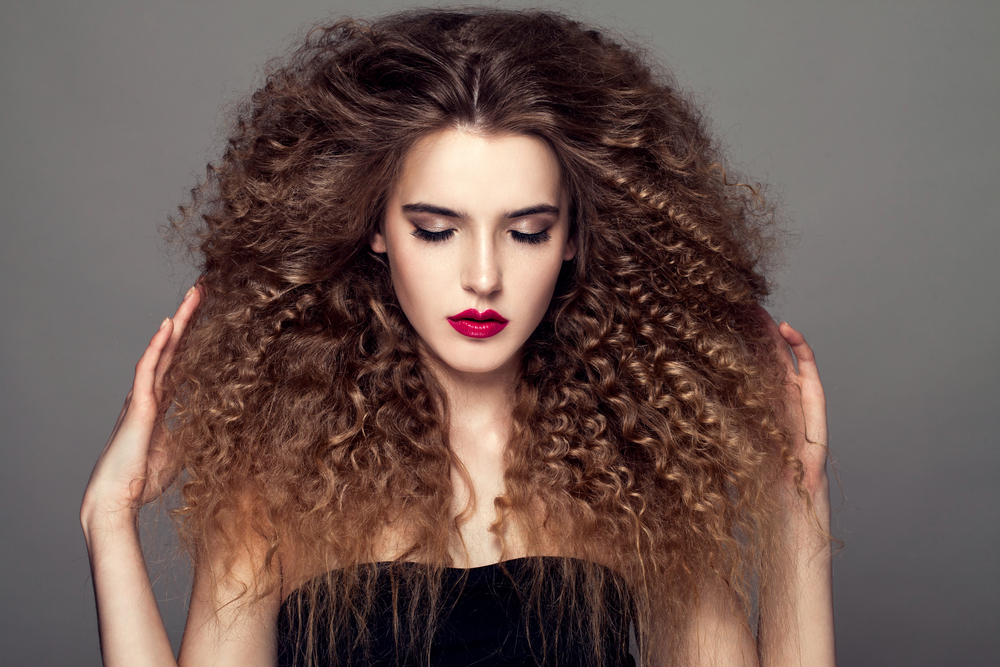
Natural recipes from guava leaves to get thick hair that restores confidence in your appearance and gives you strong and attractive hair. Thick hair gives you beauty and attractiveness that helps you make your look perfect. Here are natural recipes from guava leaves to get thick hair.
Benefits of guava leaves for hair
- Hair intensify
- Protecting hair from falling out
- Stimulating new hair growth
- Prevents the appearance of dandruff
- Boosts collagen production for hair
Natural recipes from guava leaves for thick hair
- Guava leaf recipe to enhance hair density
- Guava leaf recipe with coconut oil to enhance hair density

Guava leaf recipe with water to enhance hair density
Guava leaf recipes for hair help to make your hair thick without using chemical ingredients, but only by boiling the leaves of this fruit and applying it to your hair. Put in a pot on the fire a handful of guava leaves with a liter of boiling water, then leave the paper to boil for 20 minutes, then filter the water and leave it to cool. After washing your hair and becoming clean, massage your hair with guava leaves for 10 minutes, and then leave it on your hair for two hours or for the next day, then wash your hair with warm water.
Guava leaf recipe with coconut oil to enhance hair density
Guava leaf recipes for hair help intensify the hair and improve its appearance. You can mix guava leaf soaked with coconut oil to get sure results. Coconut oil is great for hair, as it helps protect hair from loss and damage and stimulates blood circulation to get strong and thick hair.
Put in a bowl a small amount of coconut oil , then put a quantity of guava leaves on top and heat the mixture over the fire until the mixture boils. Then leave it to cool, then massage it on your scalp and leave it for an hour on your hair. Then wash your hair well, which allows you to grow new hair that is more dense and attractive, due to its richness in vitamin B. Repeat this recipe twice a week to get a satisfying result and thick and attractive hair.
We always remind you of the need to try these recipes on a part of the inner skin of your hand at the wrist or a small part of the scalp before using them on all the scalp and your entire hair, in order to avoid sensitizing the skin of some to the mentioned ingredients.







